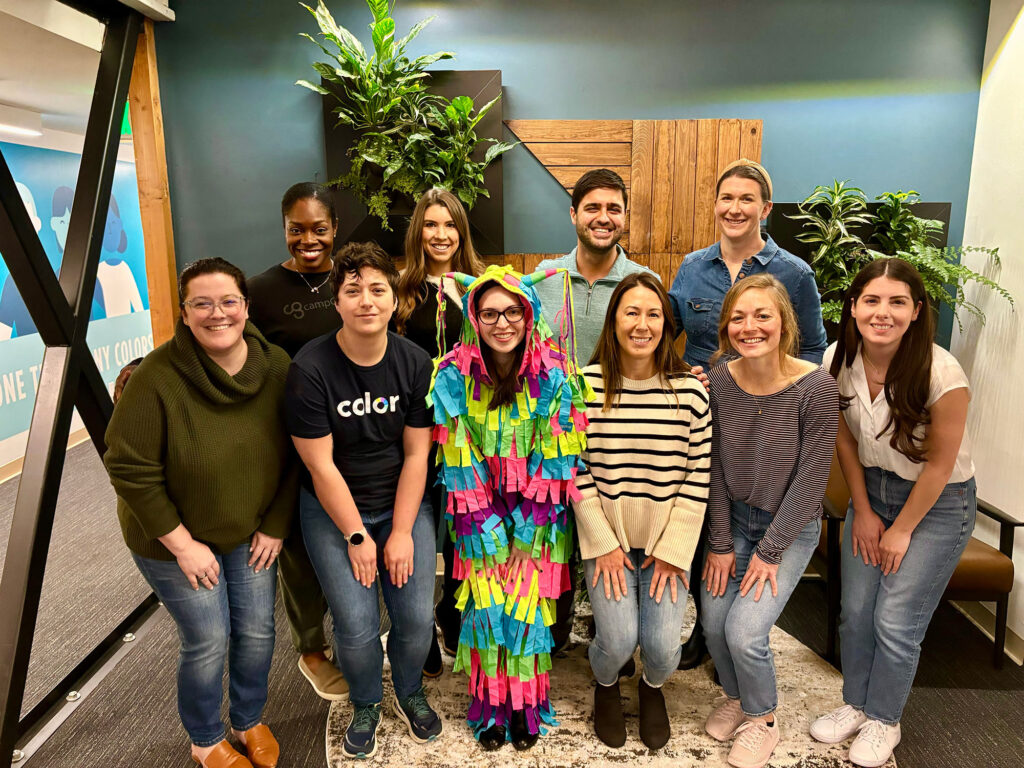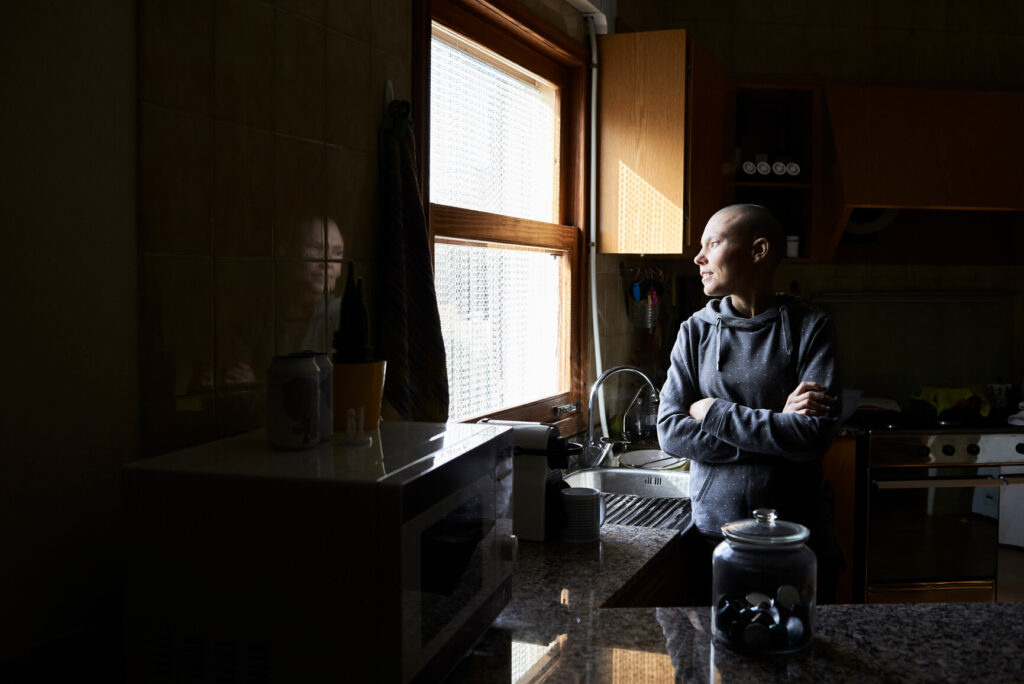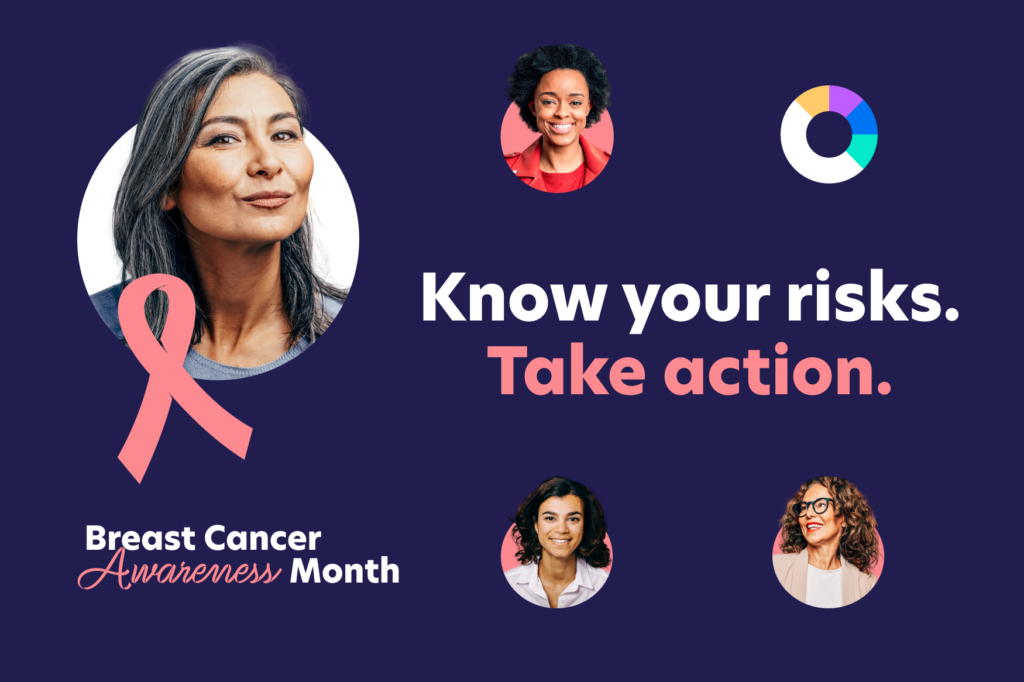News & Articles
Happy birthday to the Human Genome Project
Ryan Corbett

On October 1st, 1990, the National Institutes of Health (NIH) and Department of Energy announced the launch of the Human Genome Project, an attempt to map all 3 billion base pairs in the human genome first scheduled to be completed by 2005. Eleven years and $2.7 billion later, the Human Genome Project published in Nature the first draft of a human genome sequence, followed by the complete map in April 2003.
Which makes today — the Human Genome Project’s 28th birthday — a nice time to take stock. There have been a lot of advancements since October 1st, 1990. Most notably, the technology has come a long way while costs have plummeted. While sequencing that first genome took thirteen years and billions of dollars to complete, we can now do a single genome in a day for a few hundred dollars.
The impact has been revolutionary. From finding the genetic causes of rare diseases to informing people of their risk of hereditary cancer, the power of the genome has entered into the medical clinic. Today people can learn about their ancestry or the genetics behind their quirky physical traits. And that’s just the beginning; we have so much more to learn from the genome.
Countries like the UK have led the charge in large-scale genetic research, looking at the genetics and health of 500,000 volunteer participants. This research could help us understand what genetic differences can tell us about ourselves and our future health, especially for common conditions like cardiovascular disease and neurodegenerative disorders. But while the UK project focused effectively on that country’s population, acquiring genomic knowledge that can benefit all humanity will require research insights on a globally diverse scale as well.
Fortunately, that has started to happen, as advancing technology brings scientists a new ability to focus their work on historically underrepresented groups. For example, we now understand that breast cancer incidence is slightly lower among black women than white women, but breast cancer mortality is higher in African-American women. So we can begin to address what role genetics plays in these figures — and what can we do about it?
One of our primary goals at Color is to help answer world-changing questions like these. So we’re delighted to have been chosen last week to participate in the National Institutes of Health’s All of Us Research Program. The Program aims to build a research platform of genetic and clinical information from more than one million people in the U.S. and use it to identify new candidate genes associated with disease, novel variants for functional analysis, and enable data-driven drug discovery and development.
So today we gratefully salute the vision of Craig Venter, Francis Collins, and all the other brilliant scientists who kick-started the Human Genome Project back in 1990. We look forward to looking back 28 years from now, in 2046, on the miraculous advances that our industry has produced.



